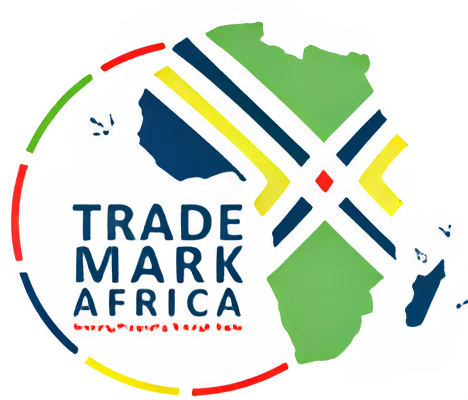Africa’s significant growth potential is being constrained by low trading volumes both within the continent and exporting from it. Trade infrastructure gaps, unaligned regulatory environments and non-tariff barriers (NTBs) make life hard for exporters, leading to a predominance of primary goods in the export portfolio, and a host of lost opportunities to boost intra-African trade.
Breaking down these barriers would not only raise the continent’s share of global trade, but also lift millions of people out of poverty. The journey to solve the challenges of implementing a continent-wide free trade agenda requires concerted efforts by all partners, according to David Beer, CEO of TradeMark East Africa (TradeMark) in remarks at the World Trade Organisation (WTO)’s 94th Session of the Subcommittee on LDCs on October 20, 2022.
Results so far
As an Aid-for-Trade donor-funded institution, TradeMark, has achieved substantial results in driving down the cost and time of trading across borders, not least reducing the time to cross One Stop Border Posts supported by TradeMark by an average of 70%, and reducing dwell time at Mombasa and Dar Es Salaam ports by half.
Major gains have also been realised from public-private sector dialogue, especially in reducing NTBs. For instance, in 2021 we helped the East African Business Community engage the Kenyan government to increase aflatoxin testing capacity for grain at the border with Uganda. This reduced delays, post-harvest losses and operating costs for firms, with the Central Bank of Uganda estimating the country could have lost $121 million in annual revenue if the challenge had persisted.
Lessons from the last decade
While we have learnt many lessons from trying to deliver concrete, substantive reductions in trade barriers, we can offer three here:
- Firstly, an international approach is required. Successful trade facilitation must by its nature happen across borders, but also between countries and Regional Economic Communities (RECs), and between RECs themselves. AfCFTA will offer a critical additional tool to achieve this.
- Secondly, we believe strongly that an integrated approach is the only way to deliver real, actual results. This means ensuring that all the pieces of successful trade facilitation are done together: the hard infrastructure; the digital systems; standards and other protocols; liaison between Government and the private sector; and effective trade policy.
- And lastly, nothing happens without political commitment. The EAC’s success over the last fifteen years has had at its heart a strong drive from its respective leaders. This has provided the space and strong enough incentives, to overcome vested interests within institutions and to proactively solve problems between countries.
The ambitious AfCFTA proposition
The EAC is an example of how such an astute integrated support can drive major gains in trade. The AfCFTA provides an opportunity to take these even further and wider, with an ambitious proposition that brings together 55 AU member states, with a combined population of 1.3 billion. TradeMark is supporting AfCFTA implementation within and across regional economic communities; through supporting the Secretariat implement the vision, helping members domesticate it at the national level, and putting in place cross-border trade facilities and utilities, and digital systems that will make it a reality.
Sustainable and inclusive approaches
But the future does not stand still. Global shifts mean that trade facilitation for the future must involve supporting the continent to tackle rapidly changing consumer shifts and off-taker preferences in how goods are produced and transported, becoming a pioneer in developing green exports, and adopting climate resilient infrastructure. We envisage coalescing partners around a $210 million green corridor programme that will reduce greenhouse gas emissions on trade corridors while helping to safeguard the continent’s economic future.
Finally, inclusive corridors are an important approach. In East Africa, around 70% of informal trade is conducted by women, and 93% of that trade stopped almost overnight when COsVID-19 hit.
“We have witnessed from extreme weather events, global shocks such as COVID-19, and high commodity prices, that the vulnerable can easily fall off the bottom of the pyramid. One of the initiatives we are most proud of is our award-winning Safe Trade Emergency programme, which helped restart both informal and formal trade quickly, through developing safe and public health-compliant trade,” Mr. Beer remarked.


